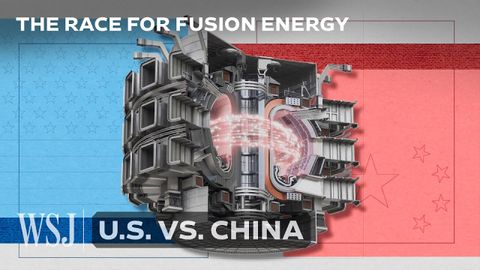中國為何能成為「清潔能源」的龍頭? (China Is Outspending the U.S. to Achieve the ‘Holy Grail’ of Clean Energy | WSJ U.S. vs. China)
VoiceTube 發佈於 2024 年 10 月 21 日  沒有此條件下的單字
沒有此條件下的單字US /əˈprəʊtʃ/
・
UK /ə'prəʊtʃ/
- v.t./i.逼近;找...商量
- n. (c./u.)通道;入口;接洽;處理方式;方法
US /ˈbesɪkəli,-kli/
・
UK /ˈbeɪsɪkli/
- n. (c./u.)大小;規模;魚鱗;比例;等級;標尺
- v.t./i.測量;攀登;魚鱗
